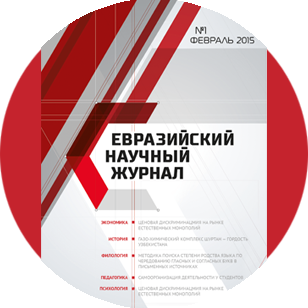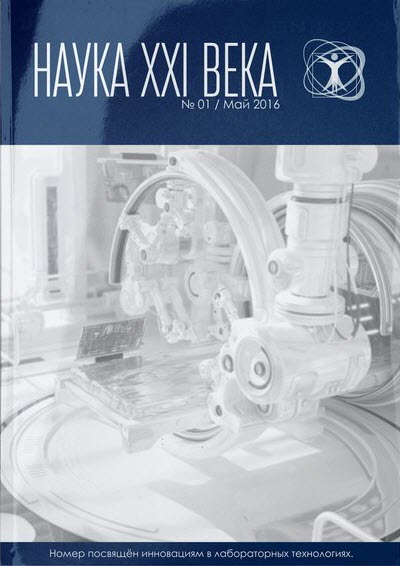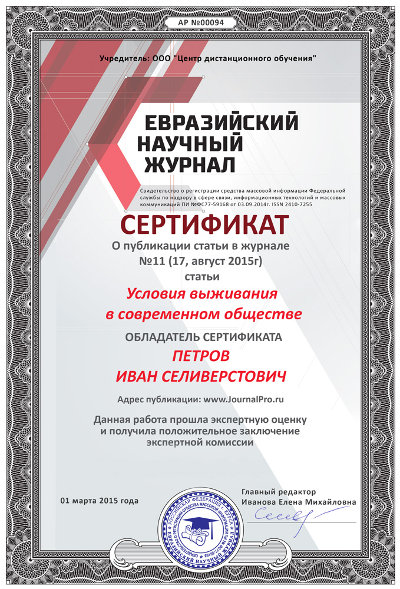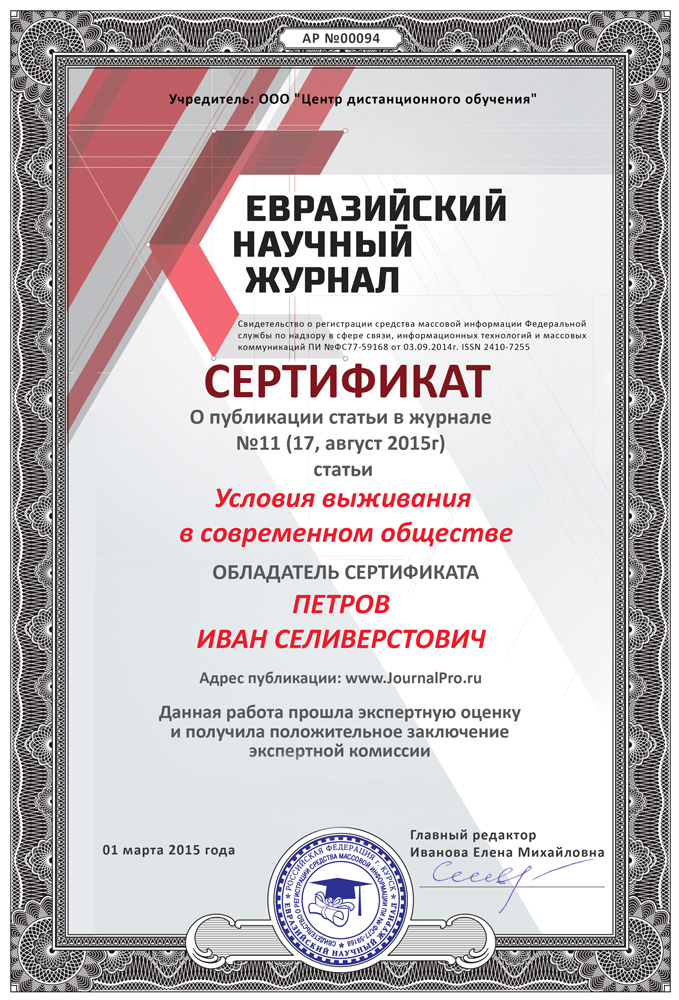Срочная публикация научной статьи
+7 995 770 98 40
+7 995 202 54 42
info@journalpro.ru
Instructional Approaches, Techniques, and Strategies to support language learning in adults
Рубрика: Филологические науки
Журнал: «Евразийский Научный Журнал №4 2018» (апрель, 2018)
Количество просмотров статьи: 2131
Показать PDF версию Instructional Approaches, Techniques, and Strategies to support language learning in adults
Shimanskaya Diana Boxodirovna
Teacher of the chair of the English language and literature
Samarkand State Institute of Foreign Languages
Samarkand, Uzbekistan
E-mail: diana_abdullaeva@bk.ru
Providing instruction to adult ESL learners is a challenge. Like all learners, they bring diverse strengths and needs to the adult ESL classroom. Teachers need to provide instruction that acknowledges and addresses these strengths and needs, engages learners in challenging and relevant topics, and provides them with tools they can use to meet their responsibilities and goals. Many educators maintain that adult education is most effective and meaningful when approaches, techniques, and materials are appropriate. For adults, it is related to learners’ real needs and interests, and it builds on their knowledge and life experiences [2, 48].
According to Robinson and Selman, in the last twenty-five years, the main shift in teaching approaches has been in these directions: “communicative purposes are emphasized; the personal needs of the learners are the basis for selecting both content and process; and students learn the language that is used in the community”. Hence, “adult ESL tends to be communicative, process-oriented, and 1ifeskills oriented” .Adult ESL students need to learn, practice, and use the English language [1, 26]. In other words, language learning is about being able to communicate meaning.
There is no one best way and no single approach that suits all students in all situations. Many teachers use elements of various approaches to serve their teaching purposes and their students’ needs. Robinson and Selman point out that as today’s teachers take the initiative to conduct their own research into teaching and learning a second language and work together to develop curriculum, teaching material and techniques, it isn’t unusual to find their approaches based on a combination of theoretical research and actual classroom experience. By employing a variety of different approaches and techniques, e.g., competency-based, whole language, participatory, grammar-based, etc., often in combination, ESL teachers can provide successful learning opportunities to adult ESL learners with diverse learning styles, needs, and goals.
Many writers in the field offer various ideas for effective classroom practice.
Florez and Burt suggest the following:
· Get to know your students and their needs
· Use visuals to support your instruction
· Model tasks before asking your learners to do them
· Foster a safe classroom environment
· Watch both your teacher talk and your writing
· Use scaffolding techniques to support tasks
· Bring authentic materials to the classroom
· Don’t overload learners
· Balance variety and routine in your activities
· Celebrate success.
Holt proposes the following techniques:
· Build on the experiences and language of learners
· Use learners as resources
· Sequence activities in an order that moves from less challenging to more challenging, such as progressing from listening to speaking, reading, and writing skills
· Build redundancy into curriculum content, providing repetition of topics
· Combine enabling skills ... with language experience and whole language approaches
· Combine life-skill reading competencies ... with phonics, word recognition, word order, spacing words in a sentence, reading words in context, and reading comprehension.
· Use cooperative learning activities that encourage interaction by providing learners with situations in which they must negotiate language with partners or group members to complete a task
· Include a variety of techniques to appeal to diverse learning styles.
Other considerations include:
• incorporate principles of adult learning, adult second language acquisition, and working with multicultural groups;
• employ a number of different approaches and techniques (e.g., competency-based, whole language, participatory, grammar-based, and skills-based approaches such as phonics), often in combination, that can provide successful learning opportunities to adults with different learning styles and preferences, diverse needs, various motivations and goals, and possible learning disabilities;
• begin with assessment of learners’ needs and goals;
• acknowledge and draw upon learners’ prior experiences and strengths;
• incorporate content that is relevant and immediately usable to learners in their roles as parents, citizens, workers, and life-long learners;
• involve learners and learner input in planning;
• include ongoing opportunities for assessment and evaluation; and
provide courses of varied intensity and duration with flexible schedules to meet diverse learner needs [1, 28].
THE LIST OF USED LITERATURE
- Florez, M. c., & Burt, M. Beginning to work with adult English language learners: Some considerations.Lincolnwood, IL: National Textbook Company.October, 2001.
56-73 p. - Holt, G. M. Teaching low-level adult ESL learners.. England: Penguin Books. January, 1995.
87-99 p.









